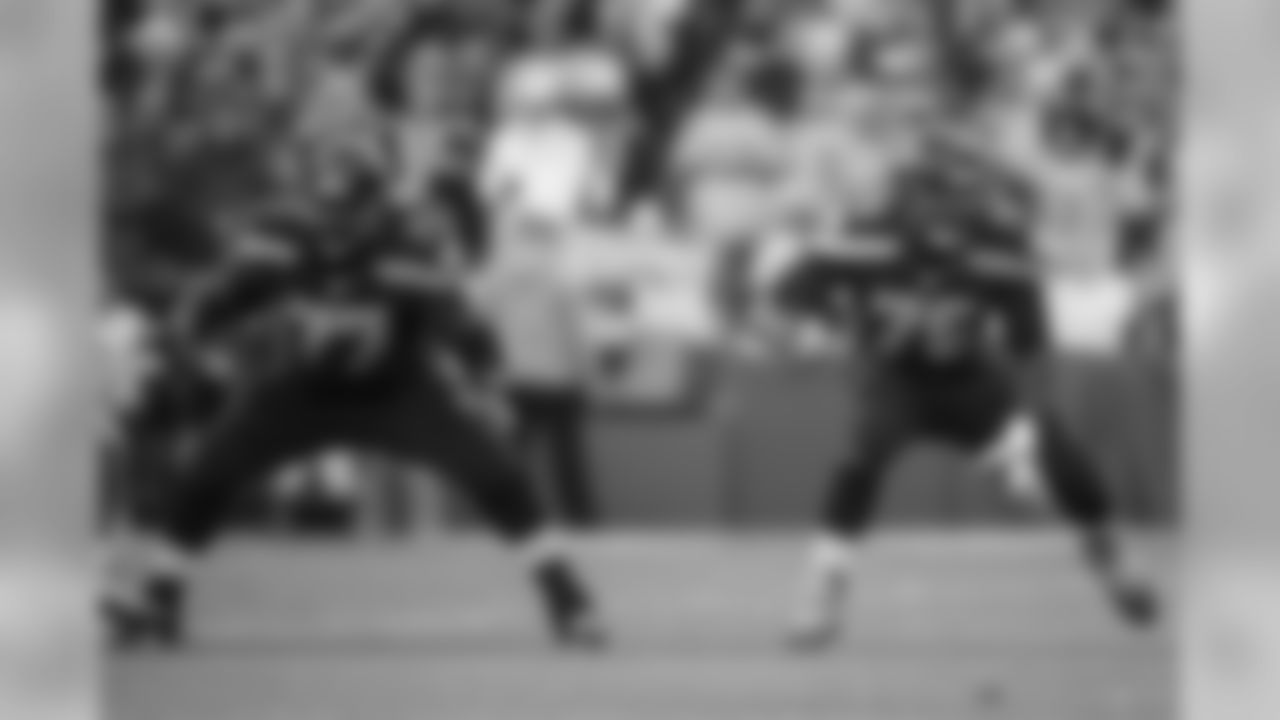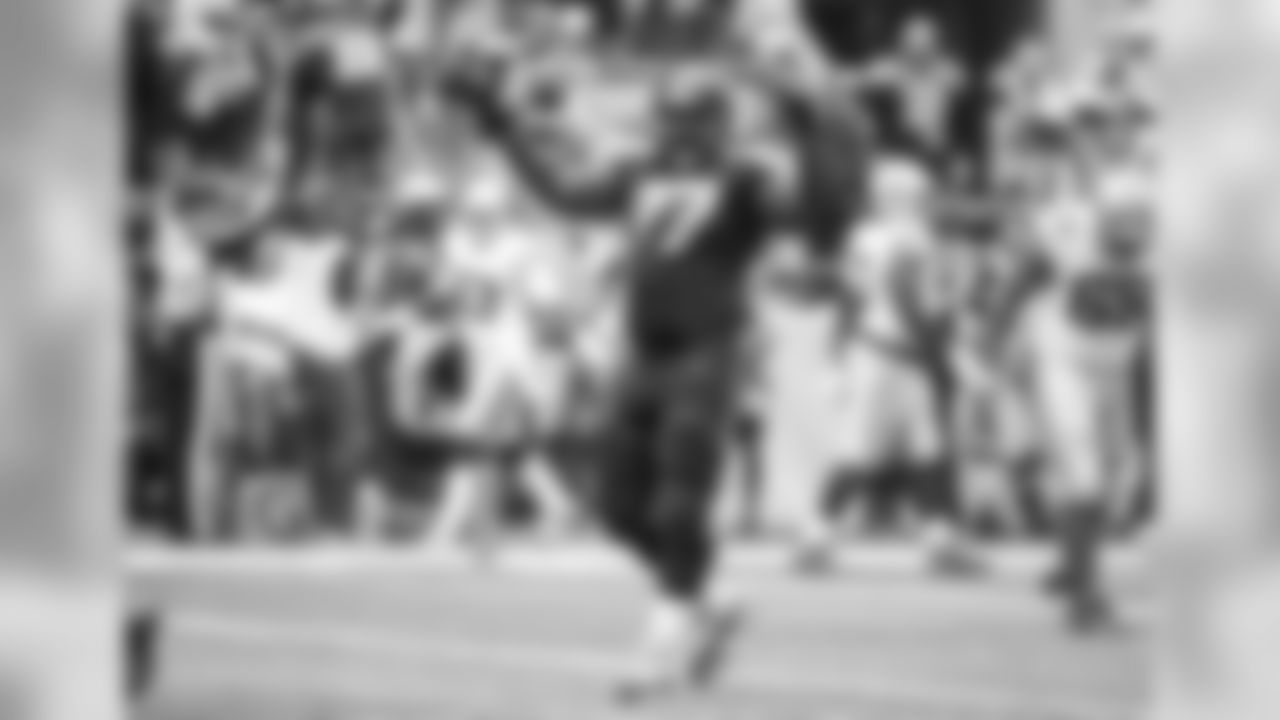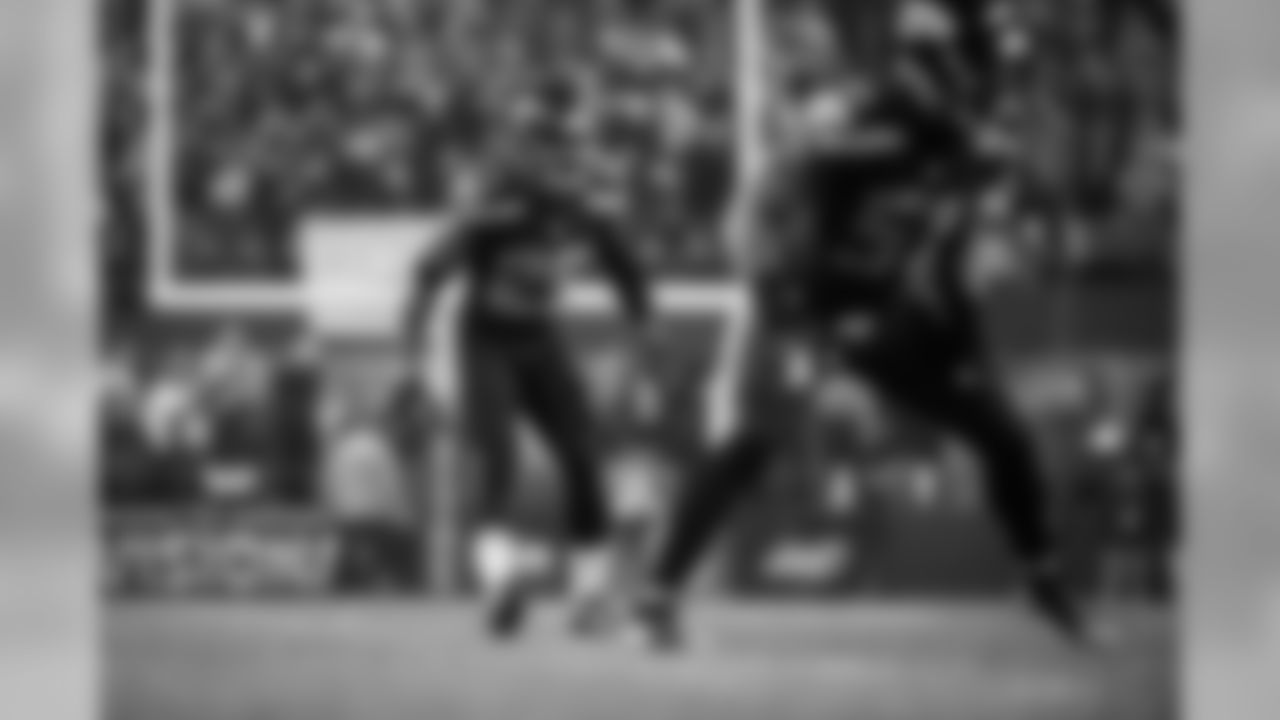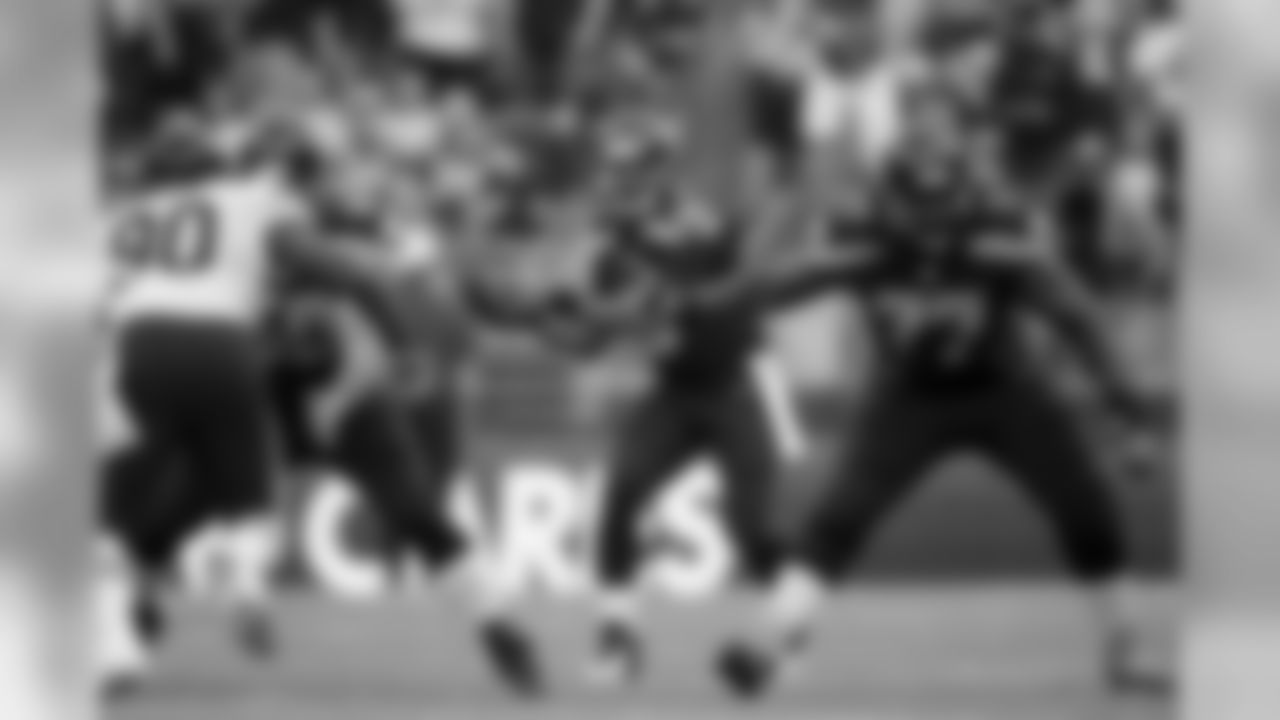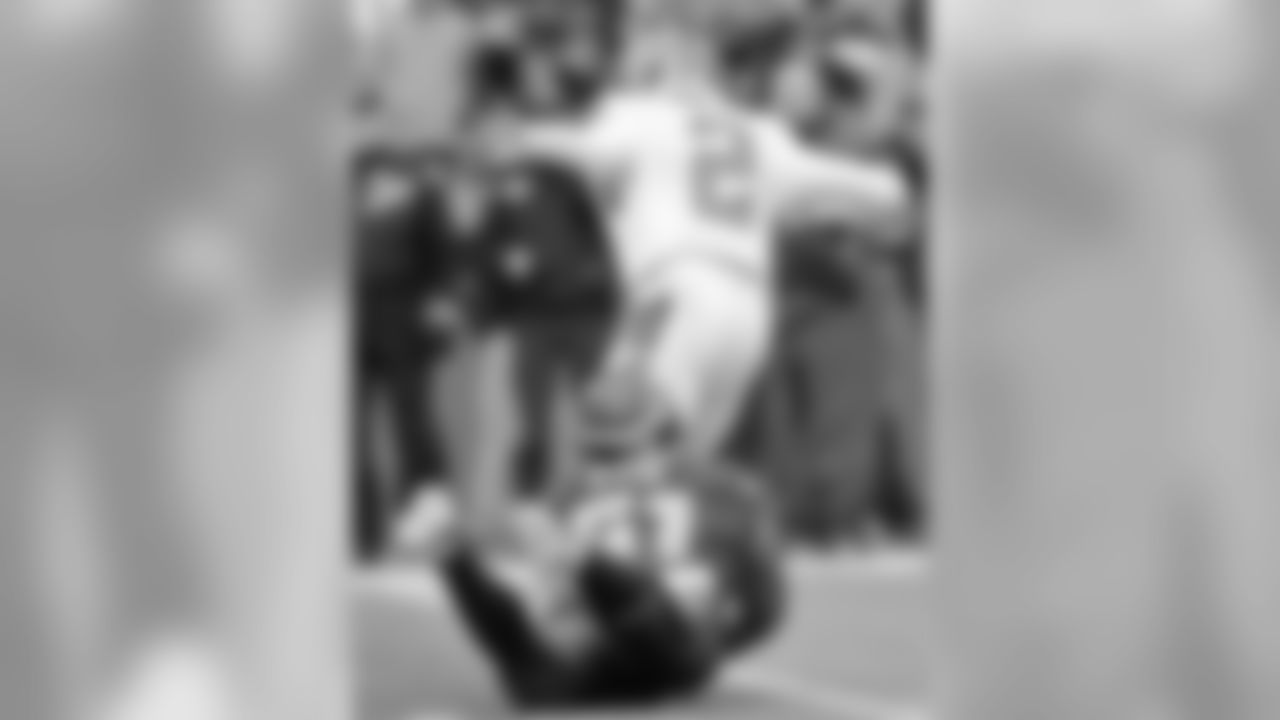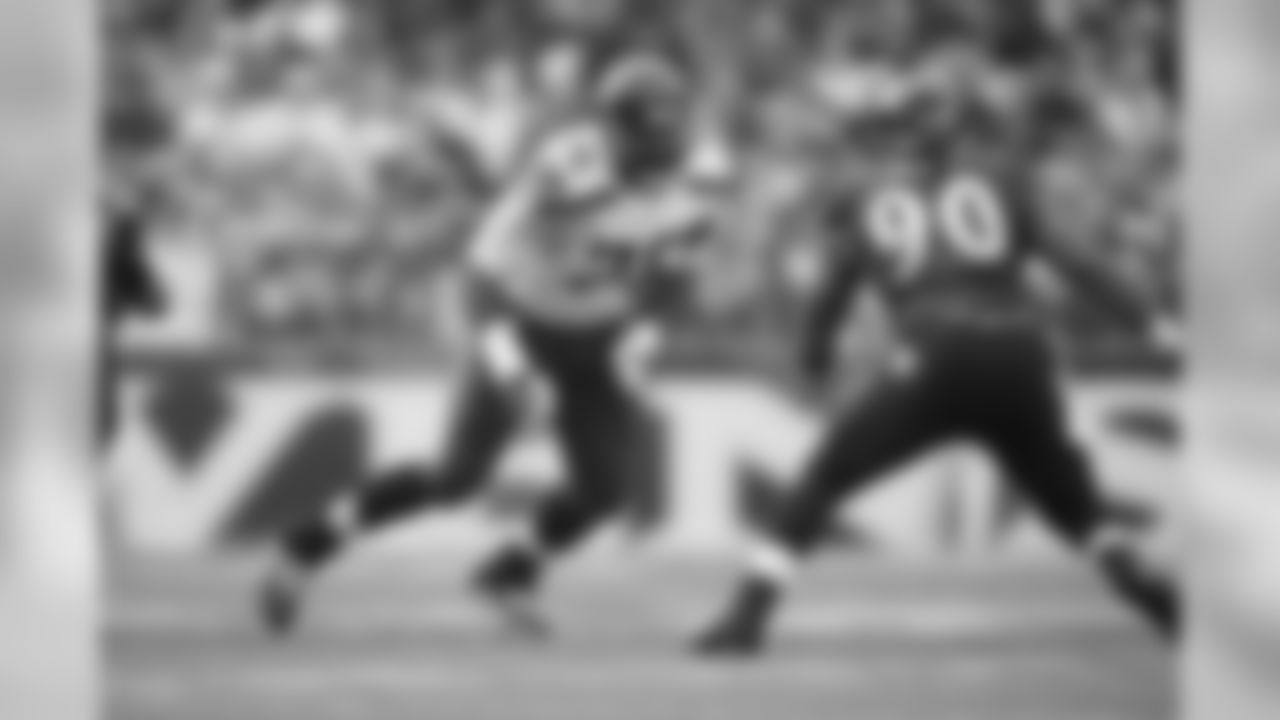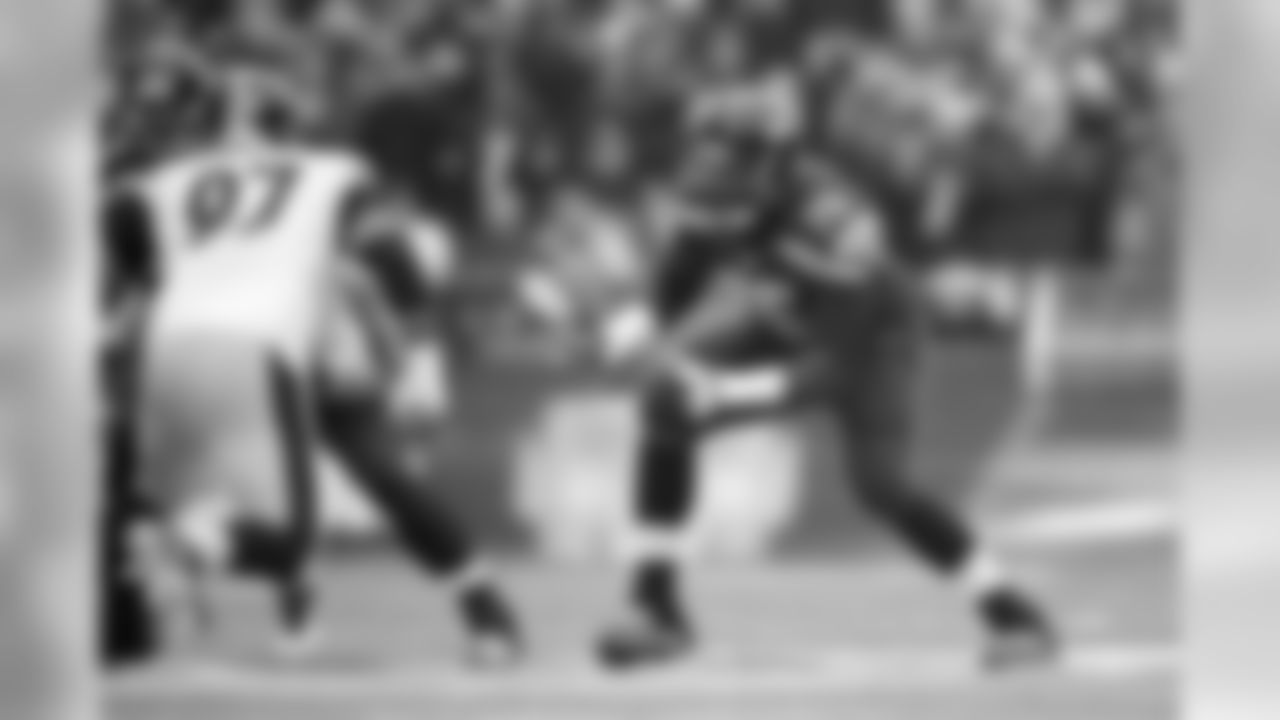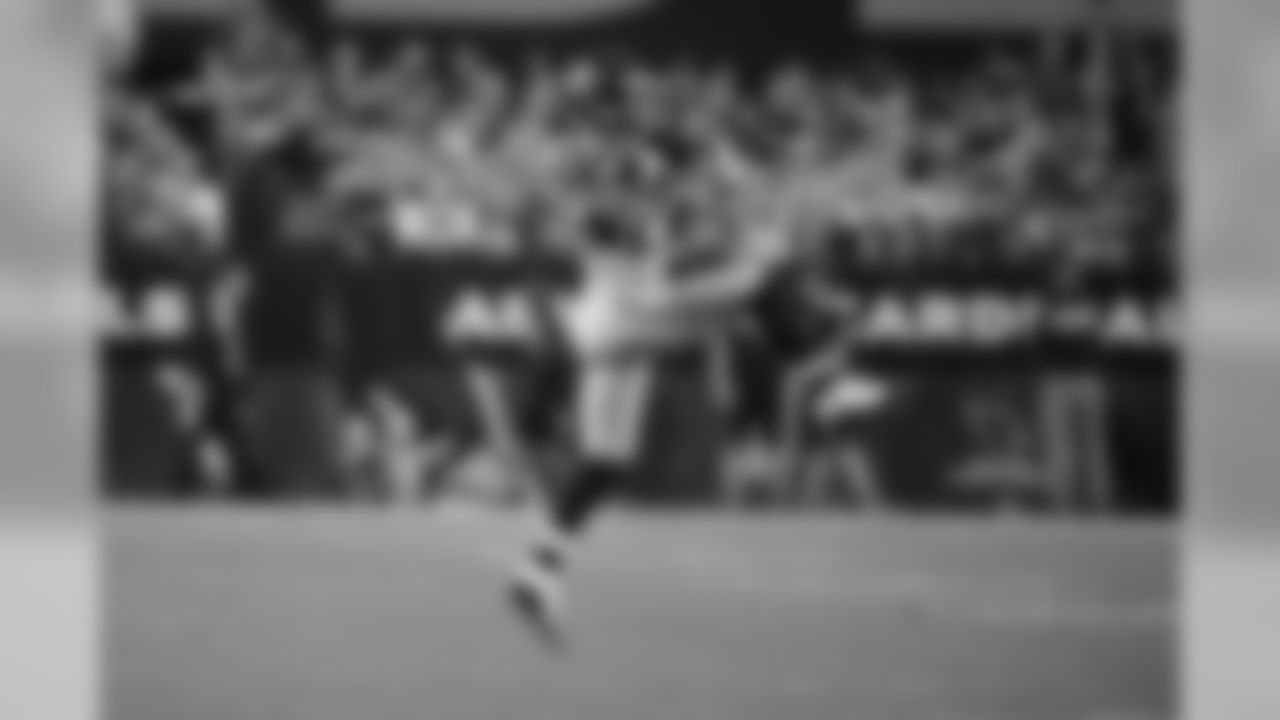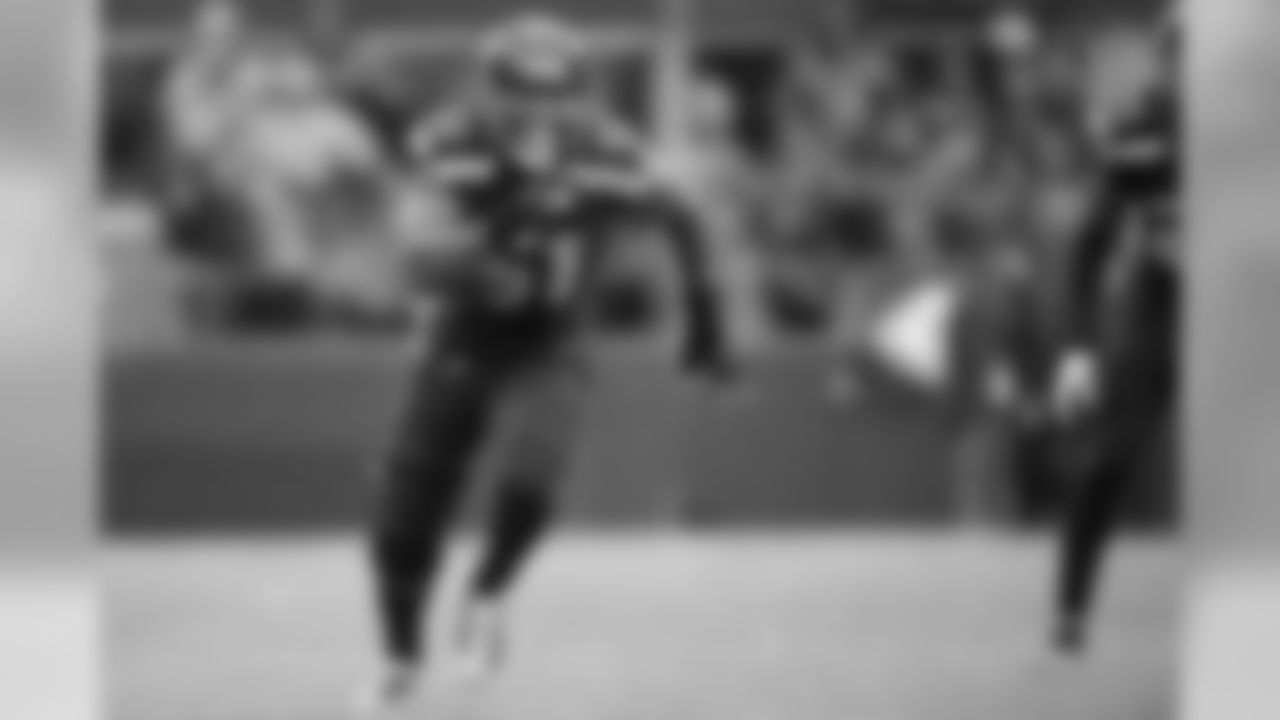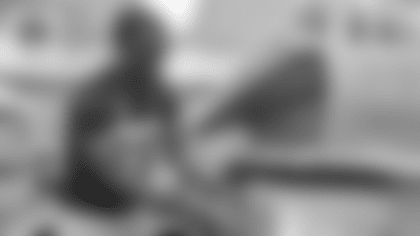The first round of the NFL Draft, which takes place in primetime Thursday night, has become one of the marquee events on the NFL calendar. Millions of fans will watch, endless articles will be published evaluating who was selected by which team, and years from now, most people will talk about the first-round hits or misses when evaluating the 2016 class.
But as exciting as Thursday night's first round might be, don't sleep on what will take place Saturday, not just in rounds four through seven, but immediately after the draft ends. Once the seventh round comes to close Saturday afternoon, the Seahawks, like every NFL team, will scramble to sign the top rookies whose names weren't called during the draft. And while those signings might not come with a lot of fanfare, they're of the utmost importance to the Seahawks.
"These guys that come in after the seventh round is over are just as valuable to us as anybody that we take in the draft, and we treat them with that thought," Seahawks coach Pete Carroll said. "The care that (general manager John Schneider) goes through with all of his guys to figure out the eighth-round pick, the ninth-round pick, the tenth, all those guys."
And that isn't just a hollow recruiting pitch from Carroll to potential UDFA targets; the Seahawks have indeed leaned heavily on undrafted talent while assembling one of the best rosters in the NFL. Last season, the Seahawks had 70 different players suit up for regular season games, 32 of whom entered the NFL as undrafted free agents, and at one point late in the season 26 players on the 53-man roster were undrafted.
That list includes 15 different undrafted players who started at least one game last season, including key contributors like Doug Baldwin, Michael Bennett, Garry Gilliam, Jermaine Kearse, Patrick Lewis, Thomas Rawls and DeShawn Shead.
In six seasons under Carroll and Schneider, the Seahawks have gotten 121 starts and 460 games played out of undrafted free agents who originally signed with Seattle, numbers that rank fifth and sixth, respectively, in the NFL over that time. And they've continued to lean on undrafted players even as they've built one of the league's deepest and most talented rosters that, on the surface, would seem more difficult for an undrafted player to make.
So how have the Seahawks had so much success with undrafted free agents under Carroll and Schneider? Obviously it starts with talent evaluation, but finding the right player is only part of the battle. Getting that player to sign requires a strong recruiting effort from position coaches, scouts, Schneider and Carroll, then once that player does sign, he has to get a real chance to make the team.
"It think it's a big balance," said Trent Kirchner, Seattle's co-director of player personnel. "We're trying to bring in talented guys, but the coaches have to buy into the process of teaching and accentuating their strengths and working on their weaknesses. I think the most important thing is having the buy-in from the coaching staff. They love working with the young guys; it's been Pete's philosophy since he was at USC to throw guys in as freshmen, and that's kind of what we've done here. We give undrafted guys more reps than a lot of places."
Yet in theory, signing undrafted free agents should have gotten harder for the Seahawks as they built a more competitive roster. To combat that, the Seahawks made an effort to let potential free agents know that they'll get a real shot in Seattle no matter how loaded the roster may appear to be.
For the Seahawks, part of that recruiting effort means admitting, even accentuating, their own mistakes in the draft. In a strange way, the Seahawks are proud of the fact that they've released 15 draft picks during their rookie seasons since 2010, tied for the most in the NFL in that time. That includes three fourth-round picks being released in their first year, while another was traded before his second season. It's not that the Seahawks are happy to miss on picks, but when you're willing to allow undrafted free agents like Baldwin and Kearse become starters while releasing or trading three receivers who were fourth-round picks; or let an undrafted player like Jeron Johnson beat out a fifth-round pick drafted at the same position in 2011; or let Shead develop into a key part of the defense while a safety taken in the sixth-round in the same 2012 draft class is no longer with the team, you're not just living Carroll's mantra of competition, you're also letting other potential free agents know they'll get a real shot in Seattle.
"The easy thing (for a prospective free agent) is to say 'Oh, this team's loaded, they have a ton of talent, why would we sign there?'" Kirchner said. "But one of the things that's interesting that we're proud of and not proud of at the same time is that we've [released or traded four fourth-round draft picks since 2010]. If you keep that fourth-round pick and cut the undrafted guy, you're essentially making two mistakes, you're compounding your error. I think that's where John and Pete do a great job of saying, 'If we messed up on a guy, we messed up, let's move on and not compound the error.'"
Another part of signing undrafted free agents is Schneider's ability to read the draft and know who might be taken in the late rounds, and who might be available after the fact. The Seahawks had draftable grades on players like Baldwin and Rawls, but they took a calculated risk that they could use those late-round picks on other players, then still get their guy in free agency. In the case of Baldwin, that process included a hand-written letter, one of dozens Schneider wrote in the summer of 2011 when teams had to wait to sign UDFAs until after the lockout ended. Doing their homework on those late-round picks and undrafted players doesn't just let the Seahawks find talent on Saturday, it allows them to predict when those players will or won't be available.
And even when players the Seahawks draft or sign as free agents don't work out in Seattle, they have a good shot at landing on their feet elsewhere. Since 2010, the Seahawks have had 51 players claimed off of waivers, by far the most in the NFL in that timeframe ahead of Miami (38) and New England (36). The Seahawks had a league-high 13 players claimed off waivers in 2013 alone, and a league-high 11 claimed last year.
"There's much more importance on (undrafted free agents) here than places I've been in the past," Kirchner said. "… It has become a second draft for us."
A second draft that has become a big part of Seattle's success under Carroll and Schneider.
"It's not just, 'Oh who's the next guy we can sign up?' We're handpicking guys and going after them with great focus and all at that time, and it's a huge part of our team—it's half the team," Carroll said. "And so much of the time those guys come in with a great attitude. They're not real happy with how that happened. They had dreams about being drafted and wanted to get that shot and all that. When they get here they feel like draft picks. That's just in respect knowing that there's a good chance they're going to be fantastic parts of our team. We have a bunch of stories to prove that."
Since Pete Carroll and John Schneider's arrival, the Seahawks have drafted four players in the first round of the NFL draft, including Russell Okung, Earl Thomas, James Carpenter and Bruce Irvin.
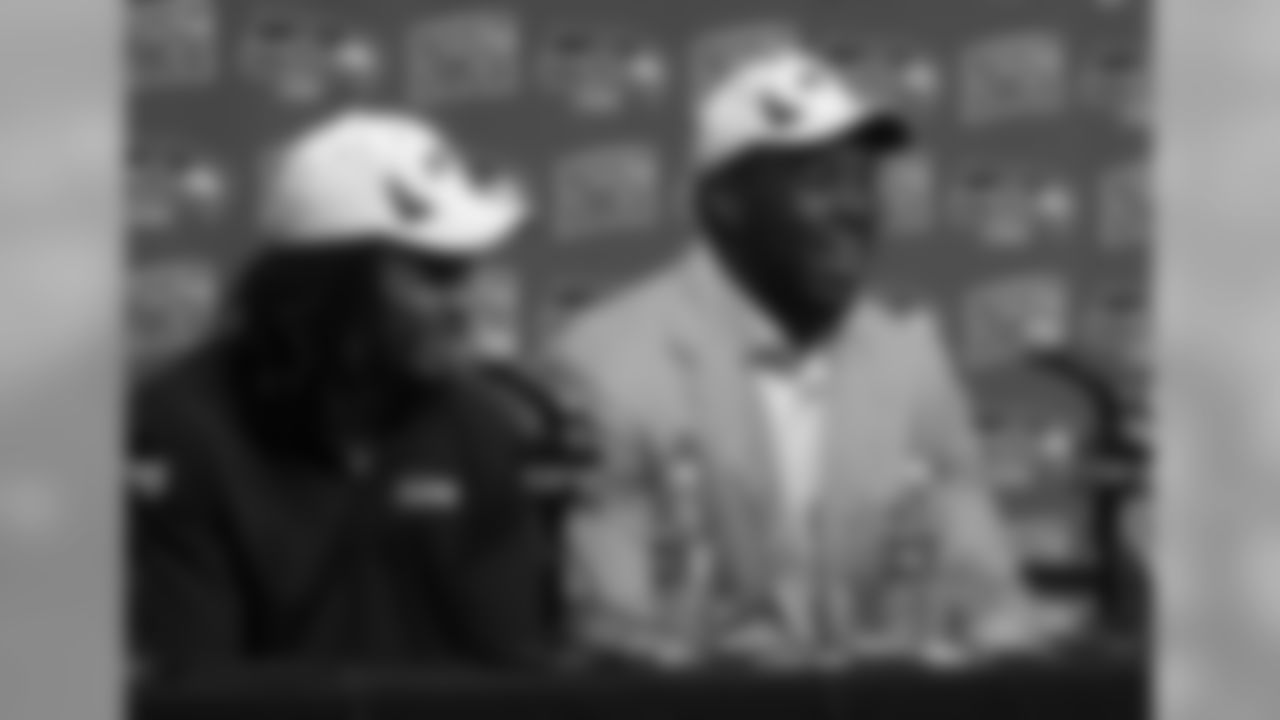
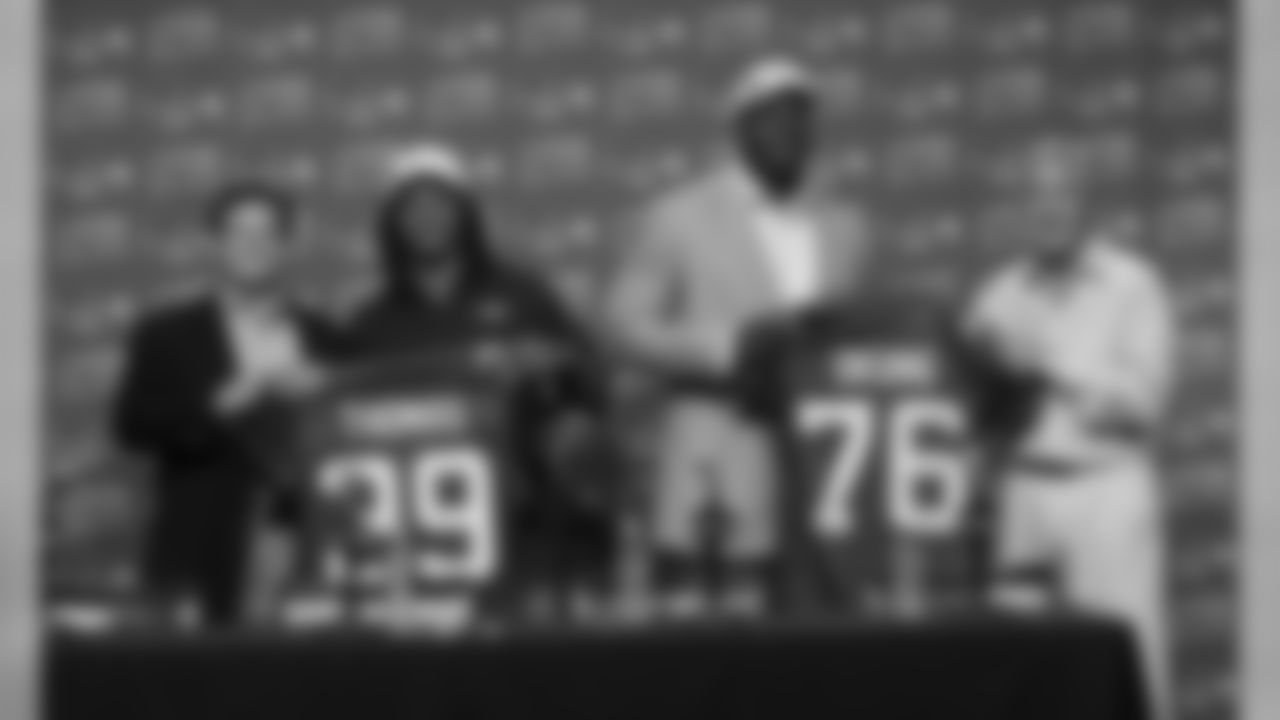
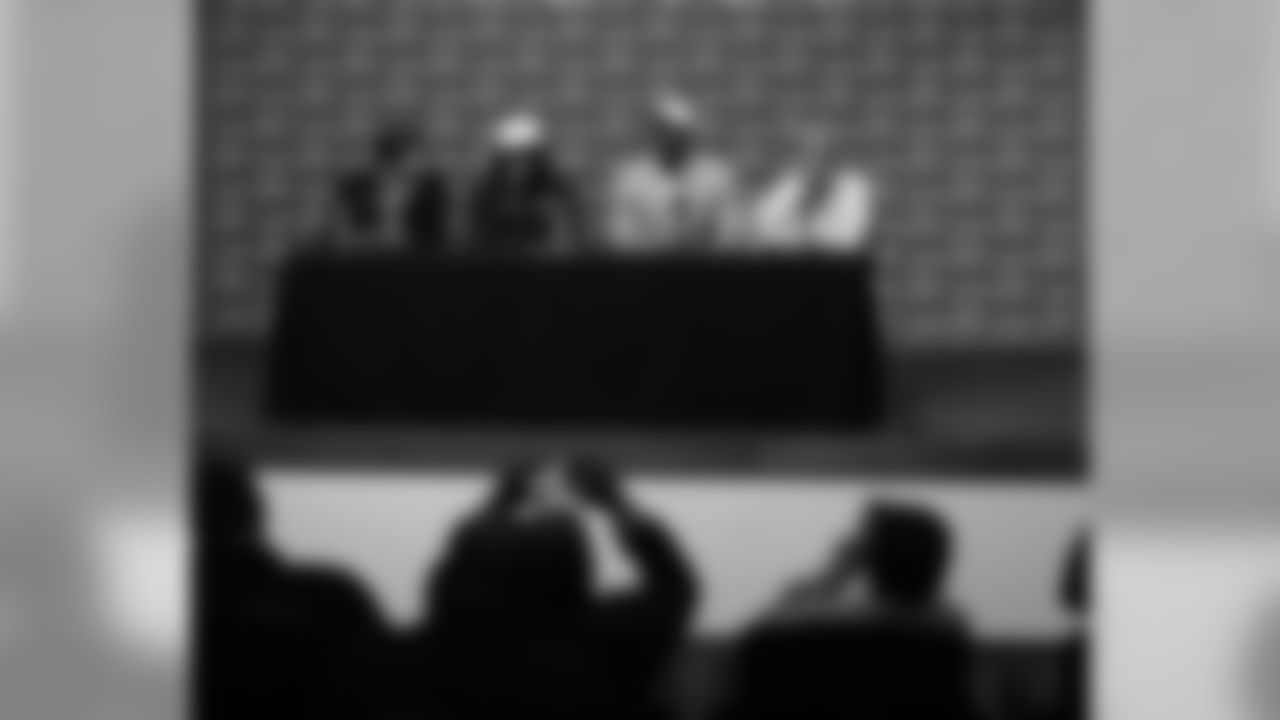
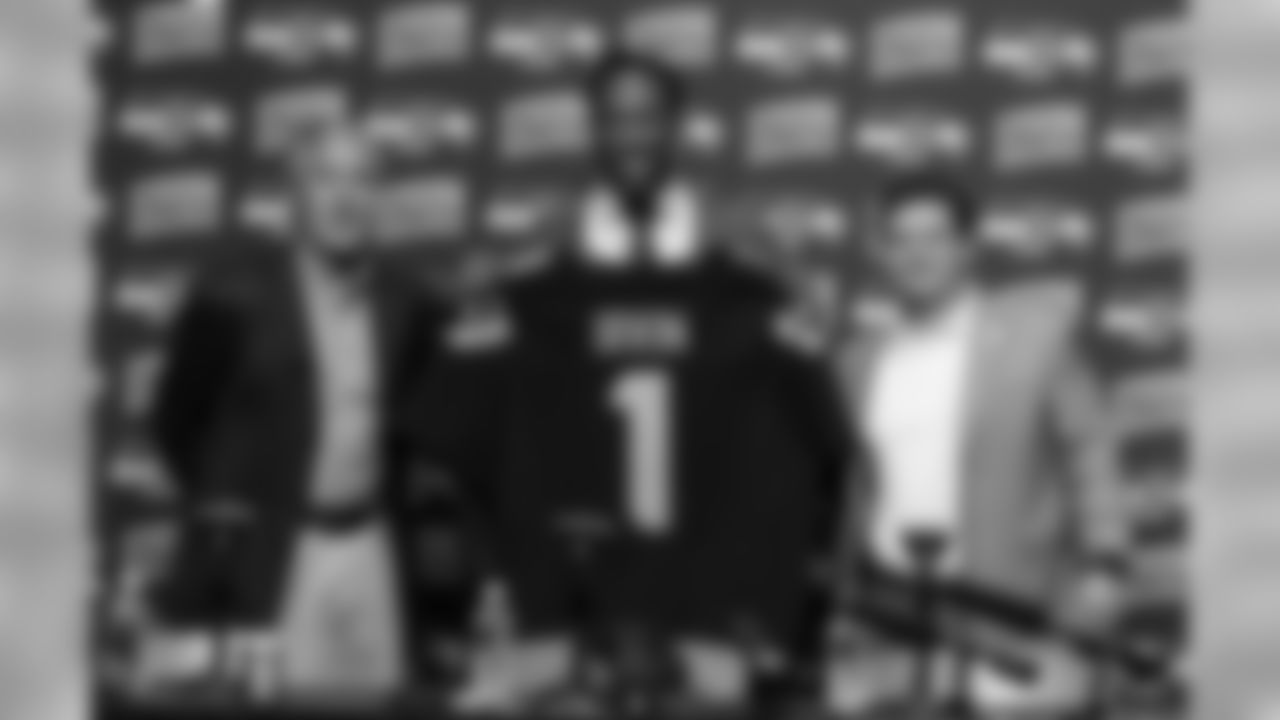
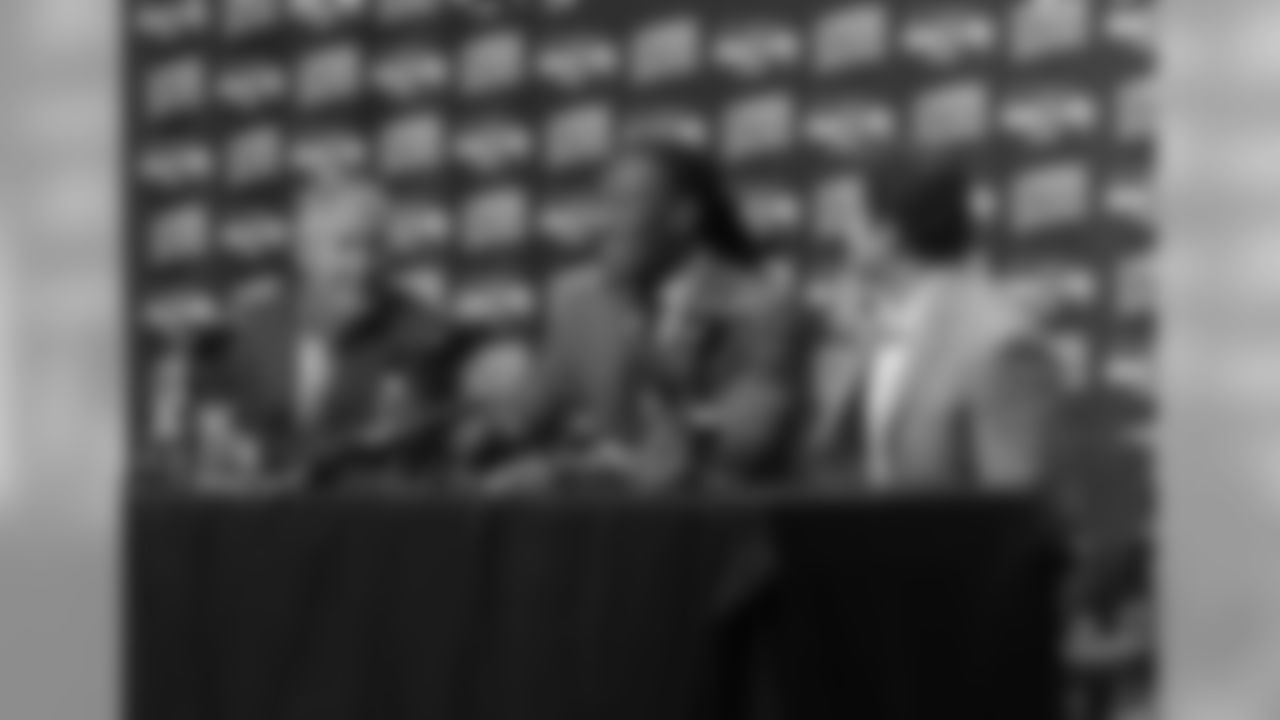
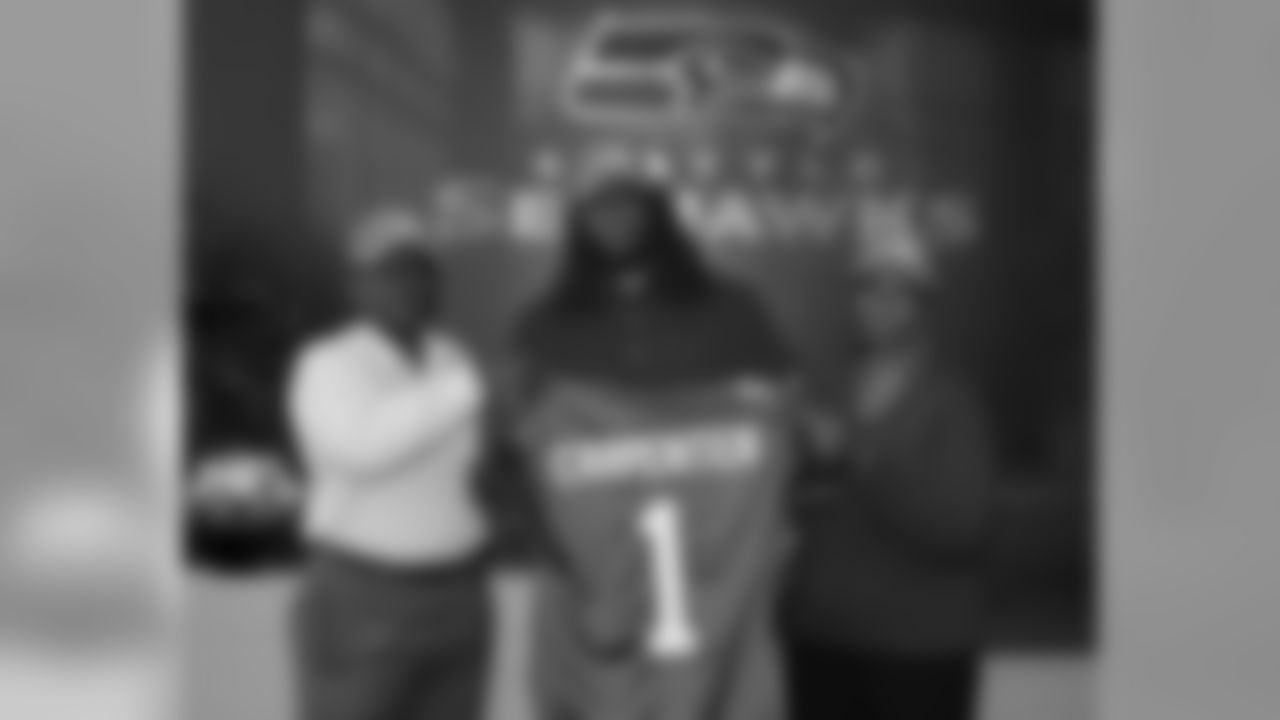
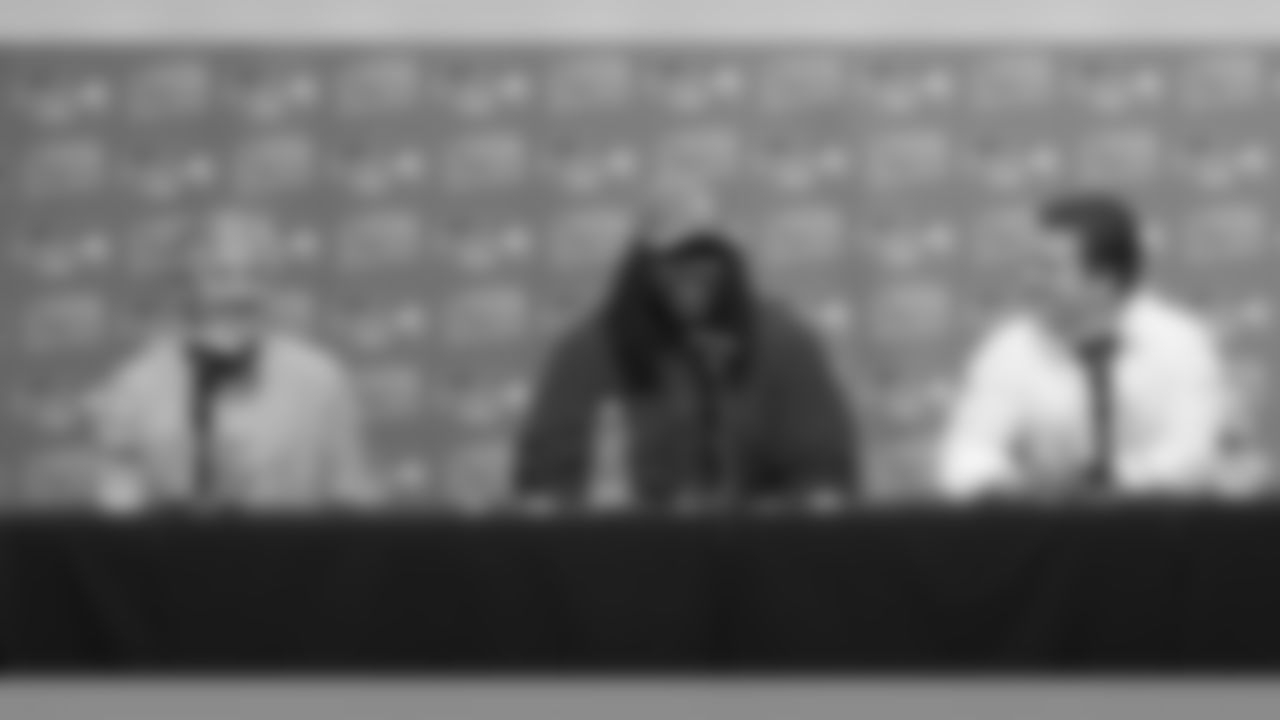

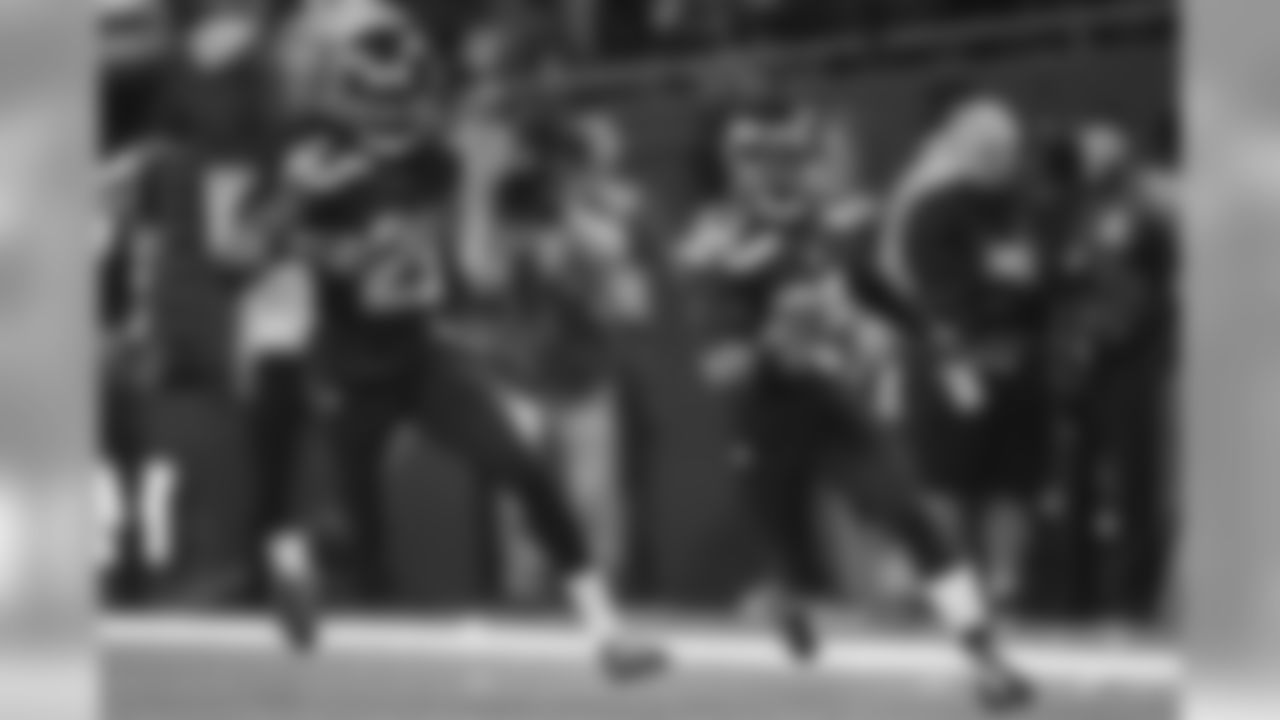
Seattle's Earl Thomas, accompanied by teammate Richard Sherman, returns what he and the Seahawks defense thought was a fumble but upon replay was reversed to an incomplete pass.
